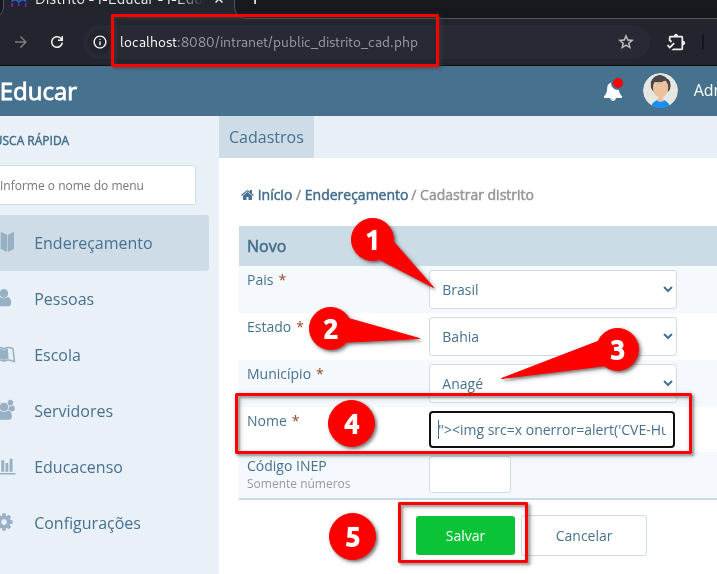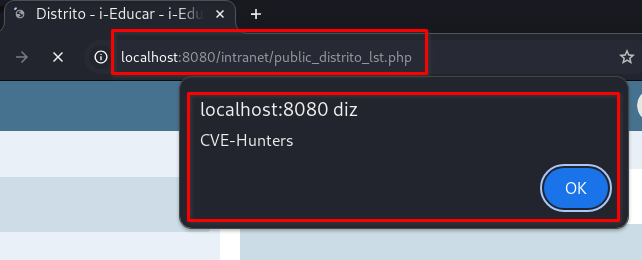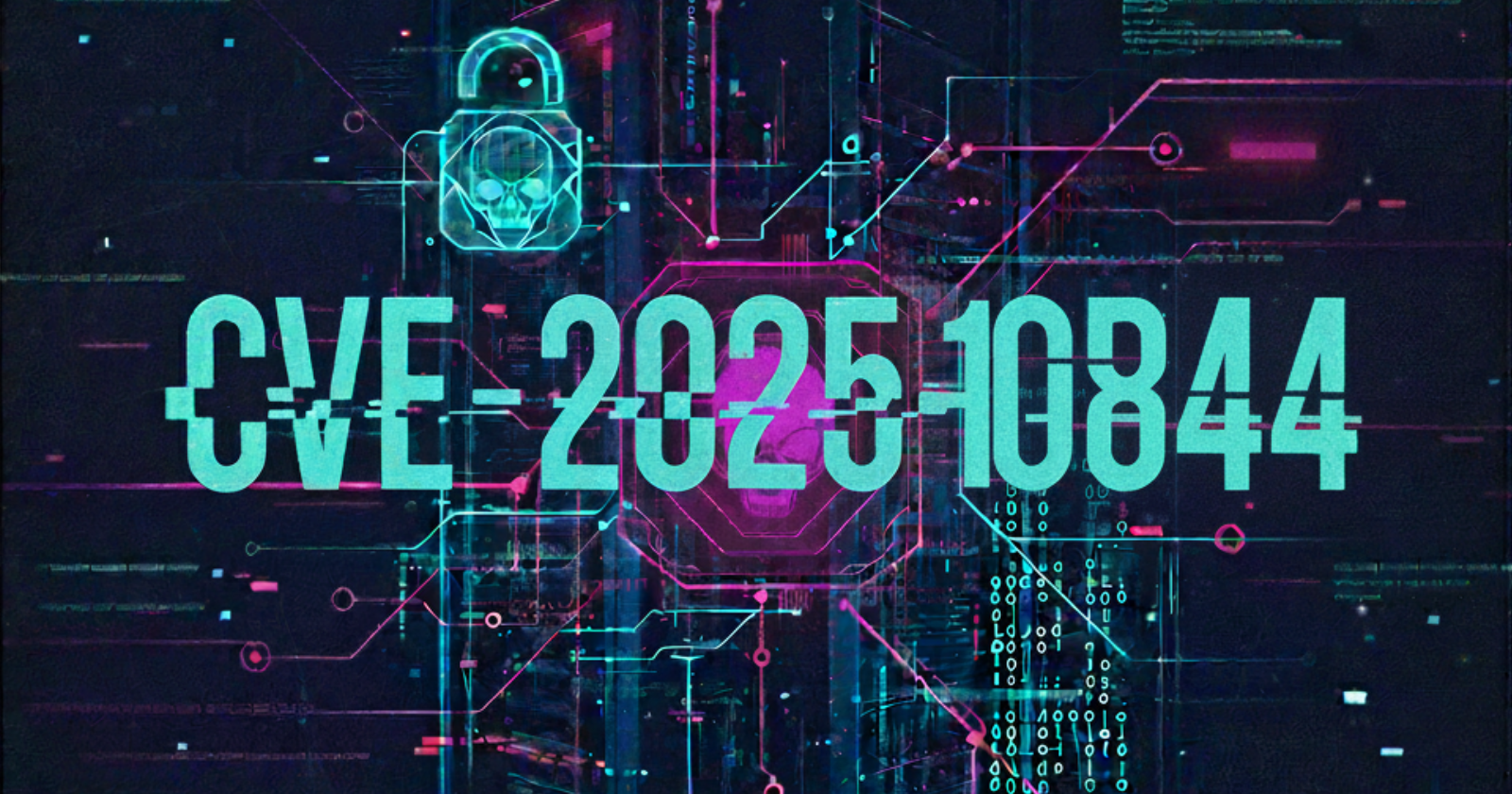CVE-2025-8539

How I Found a Stored XSS in i-Educar via public_distrito_cad.php (With PoC and Screenshots)
🇧🇷 Ler em Português.
CVE-2025-8539
Introduction
While continuing my analysis of the i-Educar Open-Source project, I identified another issue: a stored XSS vulnerability in the /intranet/public_distrito_cad.php endpoint. The nome field failed to properly sanitize input, allowing malicious scripts to be injected and executed automatically on the district listing page.After a full investigation and responsible disclosure, the issue was assigned as CVE-2025-8539.In this write-up, I share technical details, a step-by-step PoC, screenshots, and the potential impact of this vulnerability.
What is CVE-2025-8539?
CVE-2025-8539 refers to a stored Cross-Site Scripting (XSS) vulnerability in the /intranet/public_distrito_cad.php endpoint of the i-Educar application.The issue was found in the nome parameter, which accepts and stores unsanitized user input.Once saved, the malicious script is executed whenever the page /intranet/public_distrito_lst.php is accessed — affecting anyone who visits it.
Technical Details
➤ Vulnerable Endpoint: /intranet/public_distrito_cad.php
➤ Affected Parameter: nome
➤ Trigger Page: /intranet/public_distrito_lst.php
➤ Payload Used
"><img src=x onerror=alert('CVE-Hunters')>
Proof of Concept (PoC)
To confirm the vulnerability, I followed these steps:
➤ Access the endpoint: /intranet/public_distrito_cad.php
➤ Fill in the remaining fields as needed
➤ Insert the payload in the fourth field: Nome
➤ Click on: “Salvar”
After submission, the page
/intranet/public_distrito_lst.phpwill automatically be triggered, executing the XSS:

Parameter nome |
|---|
 |
You can access the full report and see the complete step-by-step here:
Impact
This Cross-Site Scripting (XSS) vulnerability can be exploited to:
- Steal session cookies (session hijacking);
- Install malware on victims’ devices;
- Steal credentials stored in the browser;
- Redirect users to malicious websites;
- Deface the application interface;
- Damage the institutional reputation.
Official Sources
The vulnerability was reported ethically and assigned as:
Conclusion
Even a single input field without proper validation can open the door to high-impact attacks. CVE-2025-8539 highlights the importance of input sanitization at every stage of development.If you work with web applications — especially platforms handling public or educational data — it’s important to review all user entry points carefully.Simple oversights like this one can easily go unnoticed but carry serious risks.
Credits
Discovered with💜 by Karina Gante.
Official Member of CVE-Hunters🏹
Related Content

If you find this post helpful, please consider sharing 💜




